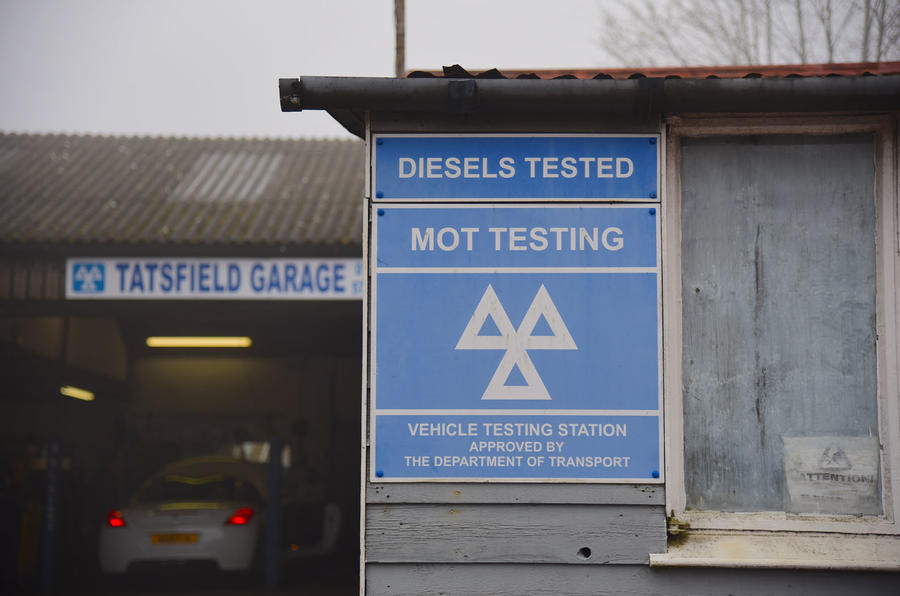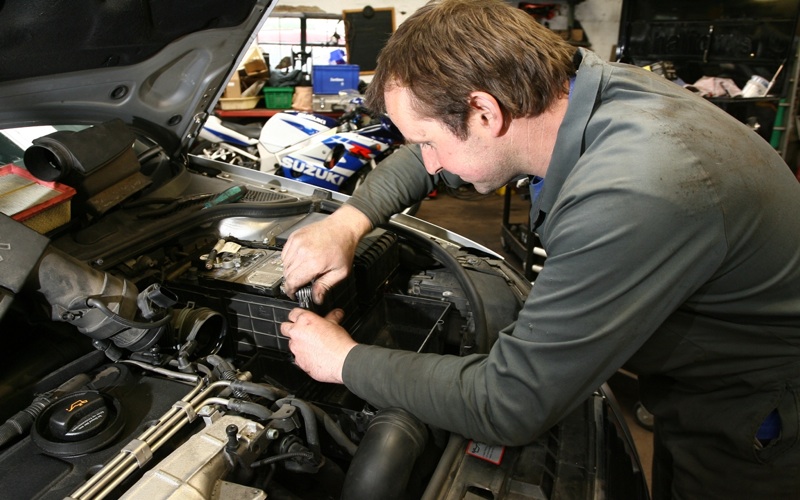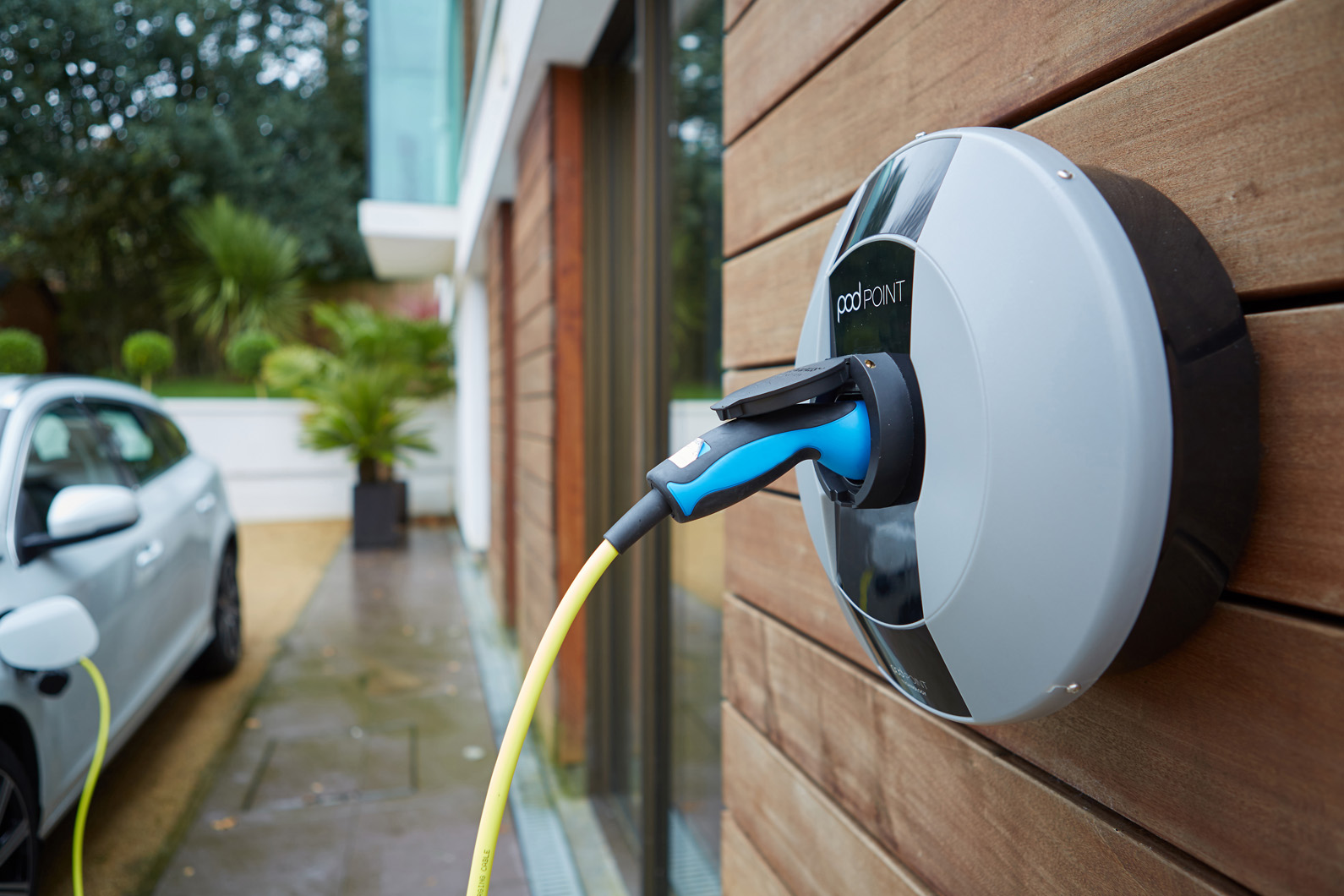While the automatic transmission has ruled supreme in the United States for decades, the UK (and Europe) is quickly catching up. In 2023, more automatic new cars were again registered than manuals, according to SMMT, a trend that began in 2020. It is especially prevalent as more hybrid and electric vehicles hit the roads, with none (currently) offered with anything but an auto ‘box.
In general terms, they are smarter and more efficient than the human operated gearbox, and – as the question of money comes to the fore for many manufacturers – keeping to producing just one type of transmission lowers costs.
Car manufacturers are reacting to customer demand, too. Volvo is among a number of car makers reacting to dwindling demand by reducing their range of manual options. BMW is another, and now only offers one M car (the M2) with an manual option; Mercedes-Benz went a step further a few years ago, when it said that it plans to ditch manual gearboxes altogether.
If clutch replacements account for a big portion of your revenue, these headlines might seem to threaten your very existence. However, do not shut-up shop just yet.
MANUALS REPLACING MANUALS
The problem is that of finite definition. Car makers and their salespeople tend to refer to any vehicle possessing the conventional ‘P, R, N, D’ gate as being ‘automatic’ but this is misleading. Many cars possess automated manual gearboxes; a subtle but relevant difference.
It is of little wonder, therefore, that car owners and even technicians are confused. The traditional automatic is defined technically as possessing epicyclic gears and (usually) torque converters, and many professionals reference their relative inefficiency from years ago, by using the derogatory term ‘slush boxes’. However, modern automatic ’boxes are much better in this respect.
Nevertheless, automated manual gearboxes offer manufacturers a more efficient way of offering a non-manual transmission. These are available in single-, or dual-clutch transmission (DCT) forms, and possess replaceable clutches and dual-mass flywheels (DMF), just like the stick-shift gearboxes upon which they are based. Single-clutch automated manual transmissions (such as Vauxhall’s Easytronic, or PSA’s (now Stellantis’s) SensoDrive/EGS) mirror manual gearboxes but with servo motors operating the conventional three-piece clutch and gear selectors, instead of a pedal and a lever that moves through the traditional H-gate.
Ian Oldknow, transmission specialist for Ford Motor Company, tells CAT that these units are becoming less prevalent in the UK but continue to be popular in nations where low production costs are a priority.
Meanwhile, DCTs are two gearboxes within one case, linked by a clutch pack. Alistair Mason, technical manager at Schaeffler UK Ltd, explains: “DCTs are actually becoming the preferred solution, because of their performance, efficiency and their compatibility with hybrid vehicles. They are efficient, so emissions and fuel consumption are both optimised, while driveability is improved with nearinstantaneous gear-shifting.”
Wayne McCluskey, technical training manager at ZF Services UK, says that in DCTs, internal wet clutches tend to be used in higher-power cars, because clutch cooling is superior than with dry clutch packs.
Mason agrees that dry clutch packs are limited by the power that can be run through them, although they offer fuel efficiency and CO2 benefits for manufacturers, because engine power is not wasted by the rotating clutch packs churning the transmission oil.
As most DCTs are VW Group’s DSG types, it is unsurprising that dry clutch replacements on the seven-speed automated manuals are the most common done by the aftermarket. Schaeffler’s Mason reports that replacing the clutch packs is a far more viable exercise cost-wise, compared with the replacement gearbox ‘solution’, offered by franchised dealers.
However, the DCT clutch replacement procedure is very different from that of a conventional three-piece clutch from a manual, or single-clutch automated manual. He says special tools are essential when replacing both wet and dry clutch packs: “A range of dry DCT tools is available in a modular format, with a basic set supplemented by some add-on vehicle specific kits for different applications, including Ford, Hyundai, Renault and VAG.
“A stand-alone set is also available for Fiat’s TCT transmission.”
This helps single-marque specialists, who can invest in a master-set of tools and supplement them with add-on kits. Other than hardware, DCT dry clutch replacement techniques are very different from those of a conventional three-piece clutch.
These transmissions are also fitted to certain highvoltage hybrid cars, with the transmission case incorporating an electric drive motor and three clutch packs. While there is no repair demand for these systems outside main dealer workshops, as yet, the aftermarket is well-prepared to react quickly as these vehicles age.
TOOLING UP FOR THE HERE AND NOW
Despite DCT clutch replacement offering fresh opportunities, the majority of today’s average-age manual cars possess conventional three-part clutches but it is important not to forget that these too are evolving.
While the debate remains about solid-flywheel conversions, investing in tools to check the DMF’s condition, prior to removal, might indicate underlying problems that need further investigation.
Schaeffler’s Mason argues that if workshops are able to supply evidence of accurate testing and diagnostics, doing so can only enhance consumer confidence in your methods. While DMFs do not require special tools to install, they are mandatory for clutches with auto-adjustment mechanisms built within their pressure plates/covers.
Examples of these systems are LuK’s Self-Adjusting Clutch (SAC), or Sach’s Xtend. Their main practical purpose is to keep clutch pedal release pressures relatively constant as the friction disc wears.
While the Bilstein Group offers replacement auto adjusting clutches, it also supplies a conversion kit under the Blue Print brand, which substitutes the original auto-adjusting clutch for a conventional item.
Charles Figgins, the company’s technical marketing manager, explains that the option offers workshops a cheaper solution, which obviates the need to buy special tools. In-house test literature also claims that pedal pressures between a new and worn conversion part are less than those of an OE auto-adjusting clutch with the same wear rates, although we noticed that the example vehicle was a Mercedes Sprinter and not a passenger car.
CONSIDER THE EXTRAS
Especially as there is little chance of freeing ramp space, should a clutch replacement be delayed, having knowledge and swift delivery of extra parts that may be required is a significant boon.
“We often include these parts in our kit to reduce workshop time, or offer them in range”, reports Figgins.
Even if the prophets of doom are correct about the demise of the manual gearbox, clutches are far from becoming obsolete.
DCTs, especially, continue to play an important role. Yet, the aftermarket should keep-up with not only DCT clutch packs but also the latest auto-adjusting clutch technology.
By embracing up-skilling, fresh techniques and innovative tools, aftermarket clutch replacement will remain very much alive.











Go to comments